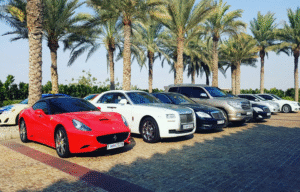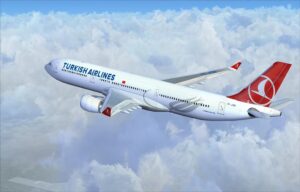Everything You Need to Know About Moving Crowds Smoothly

Managing large groups of people can quickly become overwhelming without the right strategy. Whether you’re planning an outing, a retreat, or a multi-stop journey, the flow of movement plays a major role in the experience. The ability to move crowds smoothly is more than just timing and routes—it’s about anticipation, coordination, and comfort. Done well, it sets the tone for a successful and stress-free gathering.
Start with Clear Communication
One of the most common causes of confusion during group travel is unclear or late communication. When everyone knows what to expect, where to go, and when to be there, things run far more efficiently. Clear instructions reduce unnecessary delays and keep the group in sync. From arrival details to departure times, consistency in messaging makes a noticeable difference in how easily people move from one point to another.
Simplify Transportation Choices
Trying to manage separate vehicles for a large group often leads to delays, missed turns, and unnecessary stress. A more efficient approach is to consolidate the group using larger, shared options like a charter mini bus to Malaysia. This reduces the need for multiple drivers, limits the risk of miscommunication, and ensures everyone stays together throughout the journey. It also simplifies coordination, as there’s only one route and one schedule to follow.
Designate Roles for Support
Every smooth group movement has a handful of individuals keeping things on track behind the scenes. Assigning point persons or travel coordinators within the group can help manage smaller clusters and ease the burden on a single organiser. These helpers can be responsible for check-ins, headcounts, or managing bags, helping the overall group flow with fewer hiccups and greater control.
Avoid Overloading the Schedule
When planning a busy itinerary, it can be tempting to pack the day with stops and activities. However, crowd movement requires transition time. It’s important to consider the extra minutes it takes for a large group to board, disembark, or find facilities. Spacing out activities and including buffer periods prevents bottlenecks, delays, and unnecessary stress, allowing everyone to stay relaxed and on pace.
Focus on Comfort and Accessibility
People move more smoothly when they feel comfortable and at ease. Ensuring the chosen mode of transport and rest stops are suitable for all group members is essential. This is particularly important for mixed-age groups or those with specific needs. Vehicles like a charter mini bus offer a level of comfort and space that allows travellers to rest and regroup between locations, contributing to a more enjoyable overall experience.
Create a Central Meeting Habit
Groups can become fragmented quickly, especially during free time or when exploring large areas. Encouraging a consistent meeting point or central base can help prevent confusion and delays. It also creates a sense of routine, making it easier for members to find their way back if separated. This simple habit allows the group to move forward together without repeated roll calls or missing participants.
Remain Adaptable in Real Time
Despite the best plans, unforeseen changes can occur. The ability to adjust on the fly—whether due to weather, traffic, or delays—can make all the difference. Staying calm and having alternative plans in mind allows organisers to reroute or reschedule with confidence. When the group senses that everything is under control, they tend to follow instructions more readily and trust the process, ensuring movement remains fluid.
Mastering the art of crowd movement comes down to thoughtful planning and on-the-ground awareness. From choosing practical transport options like a charter mini bus to Malaysia to building in flexibility and communicating clearly, each step plays a vital part in keeping everything running smoothly and stress-free.






